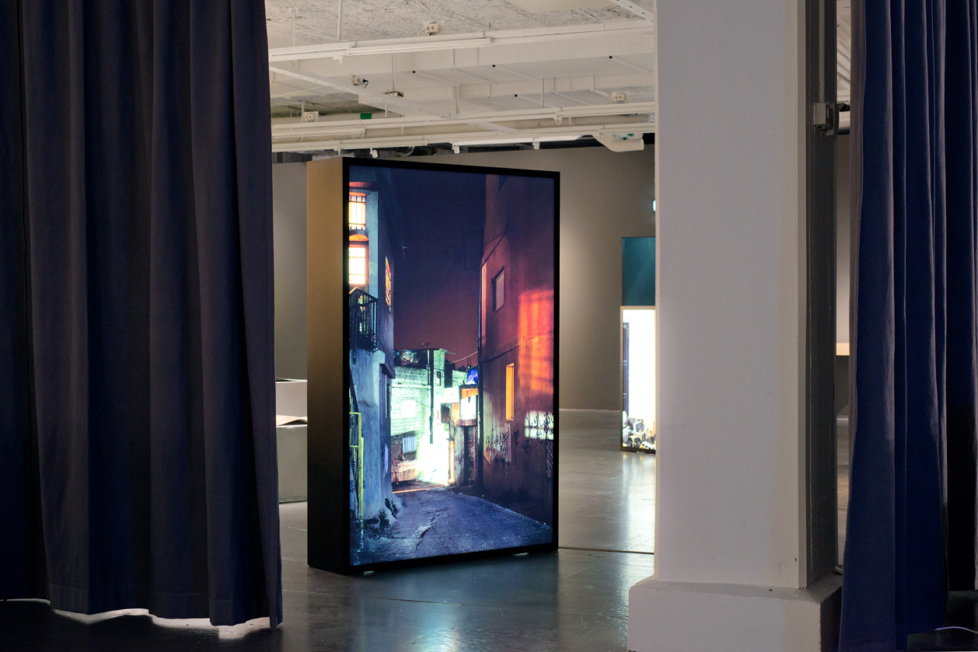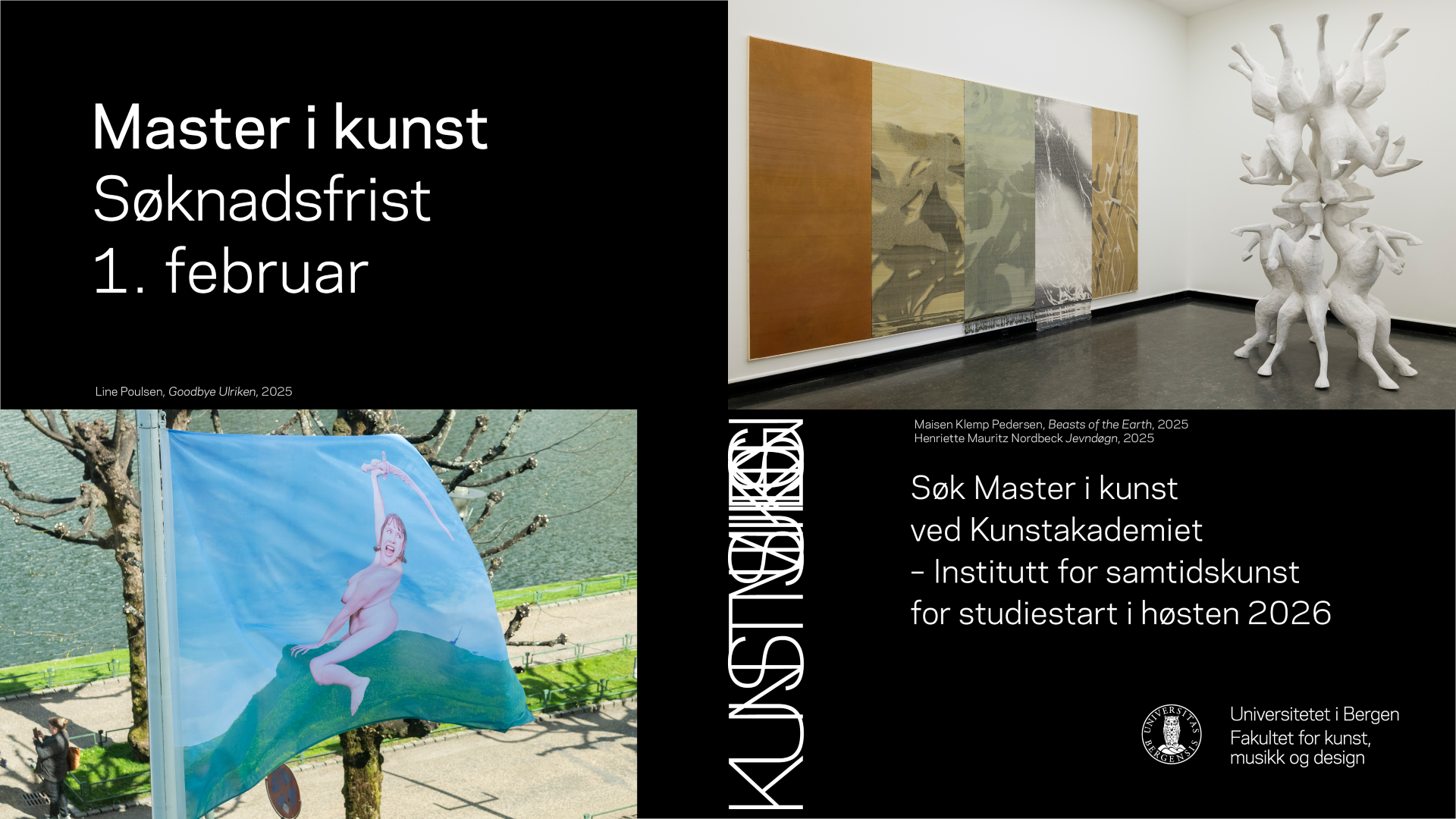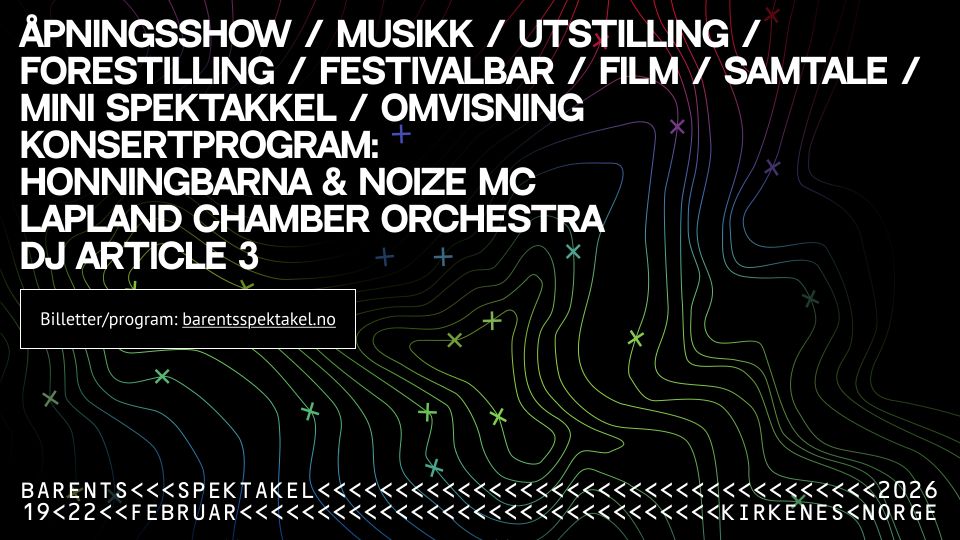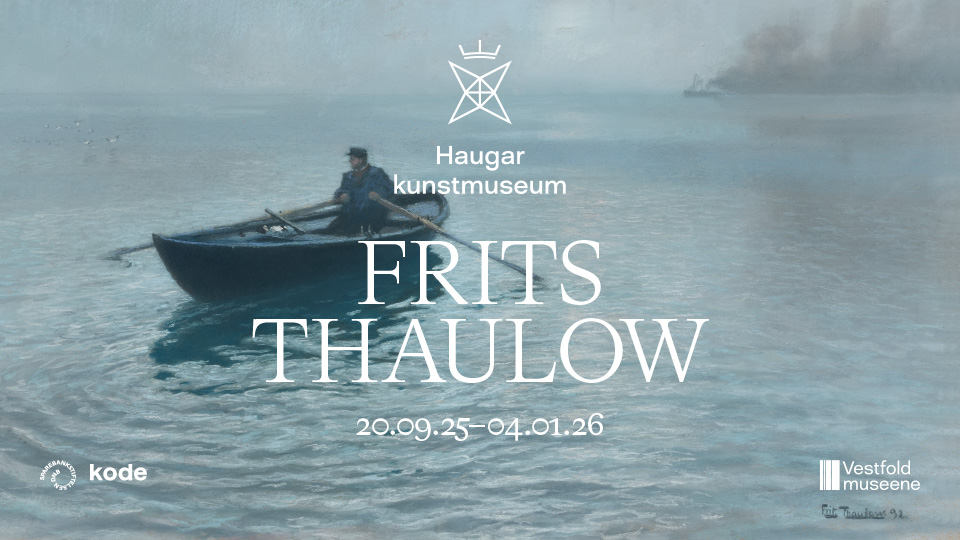
Imorgon, den 19 mars, öppnar Hurting and Healing: Tänk dig ett annat kulturarv på Tensta konsthall, en utställning som vill vända upp och ned på etablerade uppfattningar om kulturarv, migration och kolonialism. Utställningen är curaterad av Charles Esche, i samarbete med Susanne Ewerlöf på Tensta konsthall, och omfattar ett tjugotal internationella och svenska konstnärer.
Esches gästspel är första gången på 18 år som det svenska konstlivet återser den namnkunnige curatorn, som under tidigt 2000-tal var chef för idag nedlagda Rooseum i Malmö. Då blev han synonym med en utställningspraktik präglad av ambitiösa teoribyggen, socialt inriktade projekt och curatoriell genikult. Esche själv ser med kritiska ögon på denna tid, och vill att det curatoriella arbetet ska präglas av en bättre relation mellan publik och lokala sammanhang.
Hurting and Healing är ett samarbete mellan Tensta konsthall och Van Abbemuseum i Eindhoven, där Esche är chef och har drivit ett arbete med att omkalibrera det västerländska kulturarvet. Samtidigt är den en uppföljning till tidigare utställningar i Tensta, som The Invisible Enemy Should Not Exist av Michael Rakowitz 2020 och Migration: spår i en konstsamling året innan. Vissa verk har lånats in från Van Abbemuseum medan andra, av till exempel svensk-samiska Katarina Pirak Sikku, är producerade för utställningen. Man kommer också att visa en VR-version av Jeannette Ehlers & La Vaughn Belles I am Queen Mary och ett TV-program av Köpenhamkollektivet FCNN (Feminist Collective No Name), bland annat.
Kunstkritikk mötte upp med Esche och Ewerlöf under installationsarbetet på Tensta konsthall för att ställa några frågor. Intervjun genomfördes på engelska och återges på originalspråk.
Robert Stasinski: Charles, during the last two decades, you have, at Van Abbemuseum and in biennials such as the Istanbul biennial, Gwangju Biennial, and São Paolo Biennial, worked with activist and decolonial art. What has shaped your ideas and practice around these themes?
Charles Esche: I did a project during my tenure at Rooseum called In 2052 Malmö Will No Longer Be Swedish (2002), and the idea around that perhaps even goes back to Scotland for me as this place that is not a place, but rather part of the British Empire, which itself is waning. The starting point was that Malmö is a Swedish city because the state says so, but its experience to migration and all the histories that are fighting against its Swedishness are not allowed to be voiced to the identity ascribed to it. But I did not use the word “decolonial,” which was not known to me back then. Rather, it grew from a set of experiences and tensions for me, including being a child of migrants.
Then, I discovered decoloniality around seven or eight years ago. I started to read decolonial theory and began to understand that as a white, male, empowered person in a world where most people are not, that the decolonial discourse should have an effect on me and the society of which I am part. And for me, it soon became clear that museums are essential in creating and writing the heritage of a nation, but also part of defining who is human or not, who has power and who has not. The core question of art – as well as of institutions – is the relation between ethics and aesthetics, and how we can live an ethical life. That is a question that museums were traditionally concerned with and this has been the starting point for my work in the last years.

RS: Susanne, Tensta Konsthall is situated in a suburb in Stockholm with a large migrant population. How does Hurting and Healing relate to its specific context?
Susanne Ewerlöf: Basically, all projects we do involve collaborations with local groups, and Hurting and Healing is a combination of new, old, and local work, operating on many different levels. For instance, together with Charles we invited the Nigerian-born artist Otobong Nkanga who has made a series of paintings called Landversations (2014) – an amalgam of land and conversation – including a round table with a hole in the middle for an expert on land issues. We remade this work and invited people with allotments around Tensta, a group of activists protesting the development of mines in Gallok in Jokkmokk [Sweden], as well as the environmental organisation Fältbiologerna [The Field Biologists], who all will be here as experts to speak about their respective issues. Also, the background for the show is a Iaspis visit that Charles did a few years ago and the meeting with art historian Mårten Snickare, who, through his course in postcolonial studies at Stockholm University, has been involved in developing the programming for the exhibition.
RS: What has been the main catalyst for the surge of interest in decolonial museum work and curating?
CE: The Black Lives Matter movement should take a lot of credit, but I think it has been around since the 1990s. Of course, Okwui Enwezor’s Documenta in 2002 was seminal for the curatorial discourse, but many other voices have since then spoken up and been listened to. I see a shift from widening the terms of modern art to demodernising it, seeing modernity as a part of the problem. The key term we could relate to this movement is ethics and the question is: What is ethical about collecting? An example in this exhibition is the work of Otobong, which Susanne described. The work on view is not really her work, but, rather, her previous work inspired us to do this new intervention based on what she had done before. And maybe this is a step towards change we could imagine in museums? Maybe we could see a model where the ownership of objects are handed over to private collectors, who perhaps want to prove their machismo or spending power by owning things, while public institutions could be focused on using things – a shift that could be connected to the idea of the commons and its idea of the right to use.

RS: We are obviously in a very precarious situation right now in Europe, with the Russian invasion of Ukraine. Charles, how do you make sense of this in relation to your curatorial work?
CE: Someone tweeted that now the art world is moving to another set of oligarchs because the Russians are out of favour. This is one of the structural problems that started with the heritage of European colonialism and imperialism, which is now expressed by the Russian government in a very violent way. So, the crisis in the world did not start on 24 February, but a long time ago. In the present situation, there are contradictory movements: one toward emancipation and a new reckoning with national identity; another towards maintaining patriarchy and white supremacy through populist politics. Through L’Internationale – an international platform of a few European museums such as Museo Reina Sofía in Madrid and MACBA in Barcelona as well as HDK-Valand – we have taken measures such as creating residencies for Ukrainian artists to come to the Netherlands. We also sent a petition for institutions and people to sign, promising not to work with supporters of Putin in the art world. But the real challenge lies in shifting our categories and understanding of identity as national – in this sense again I think demodernising as part of decolonizing can be useful.
RS: You worked in Sweden during some intense years as director of Rooseum in Malmö at the turn of the millennium. Has the Swedish art world changed since then, in your view?
CE: I was in Malmö for many years and seldom in Stockholm. But now that I am here, I can see a lot of grassroots institutions and diversity that keep on developing, which is great. And I just saw that Moderna Museet bought a work of Sandi Hilal, which also felt encouraging, not shying away from someone trained as an architect, working with migrants in northern Sweden and crossing institutional boarders. But the Swedish system has always struck me as a bit curious and I remember a friend of mine in Malmö who once said that she doesn’t understand why people talk to each other if they don’t already agree with one another! I think perhaps this has changed through migration in recent years, but it still strikes me as something which might make it harder to work out differences in Sweden.



















